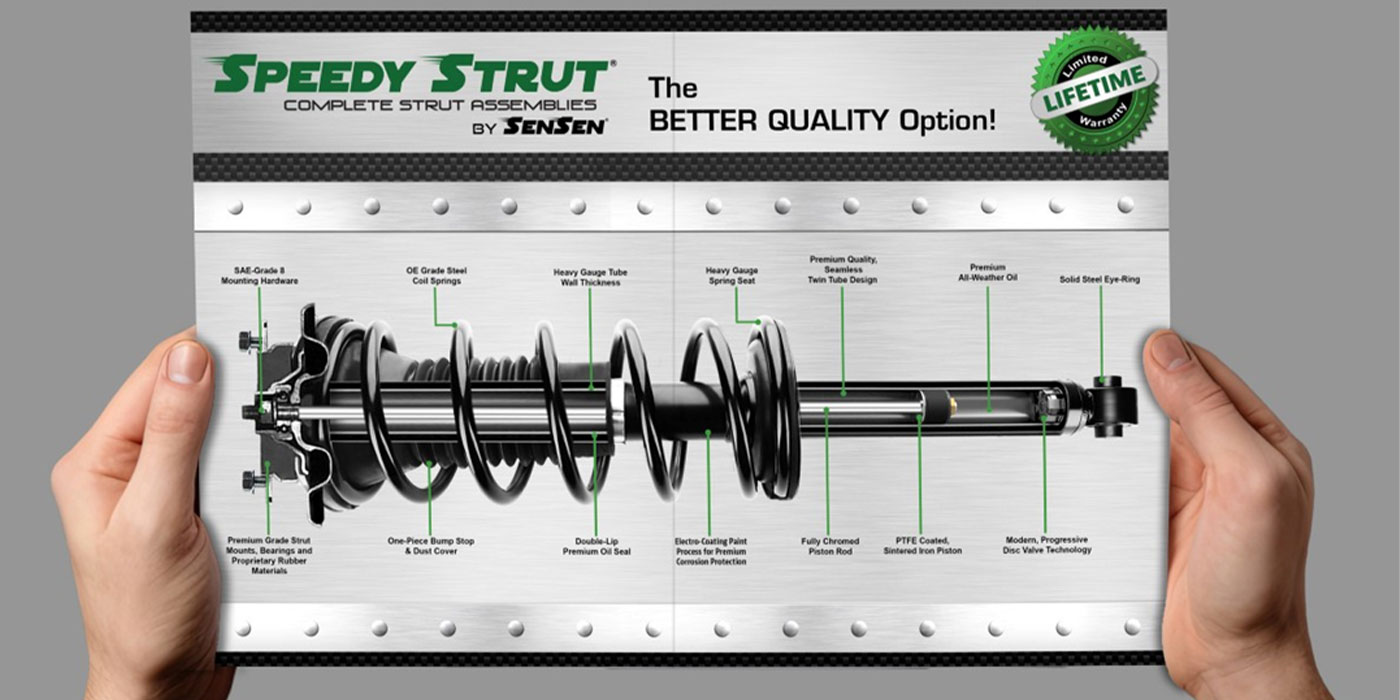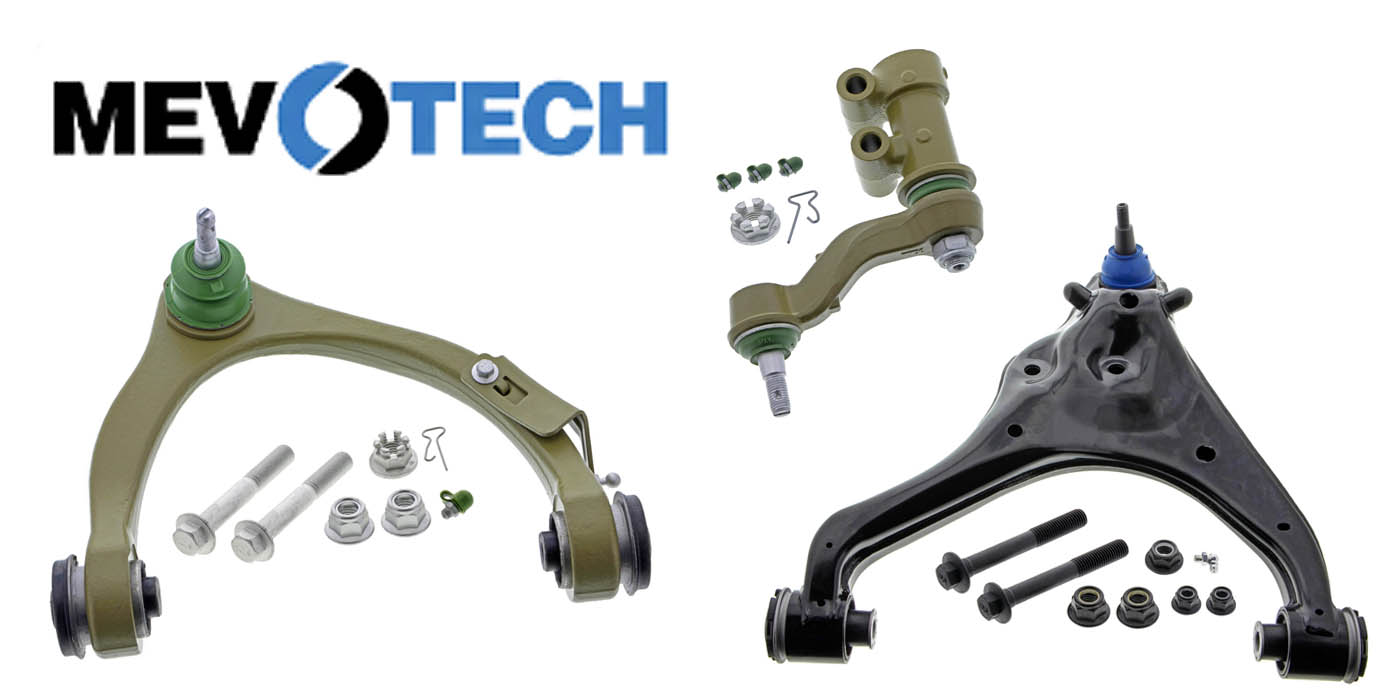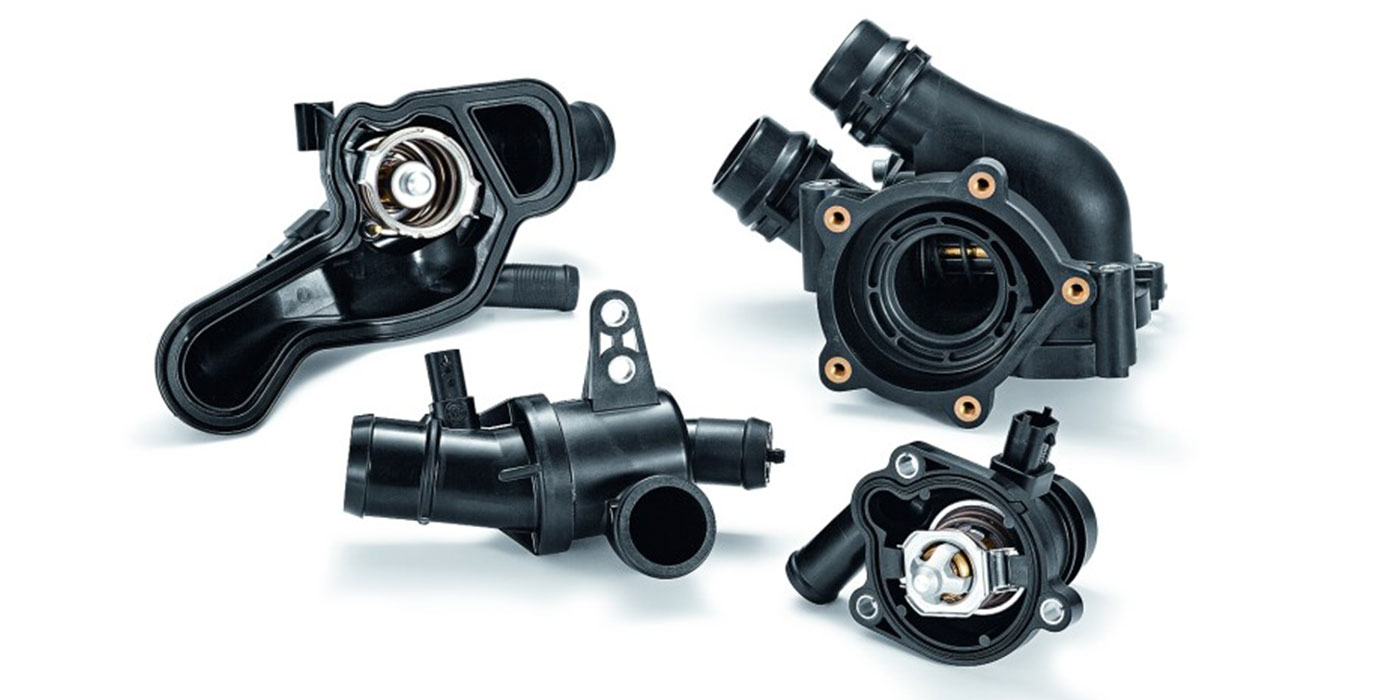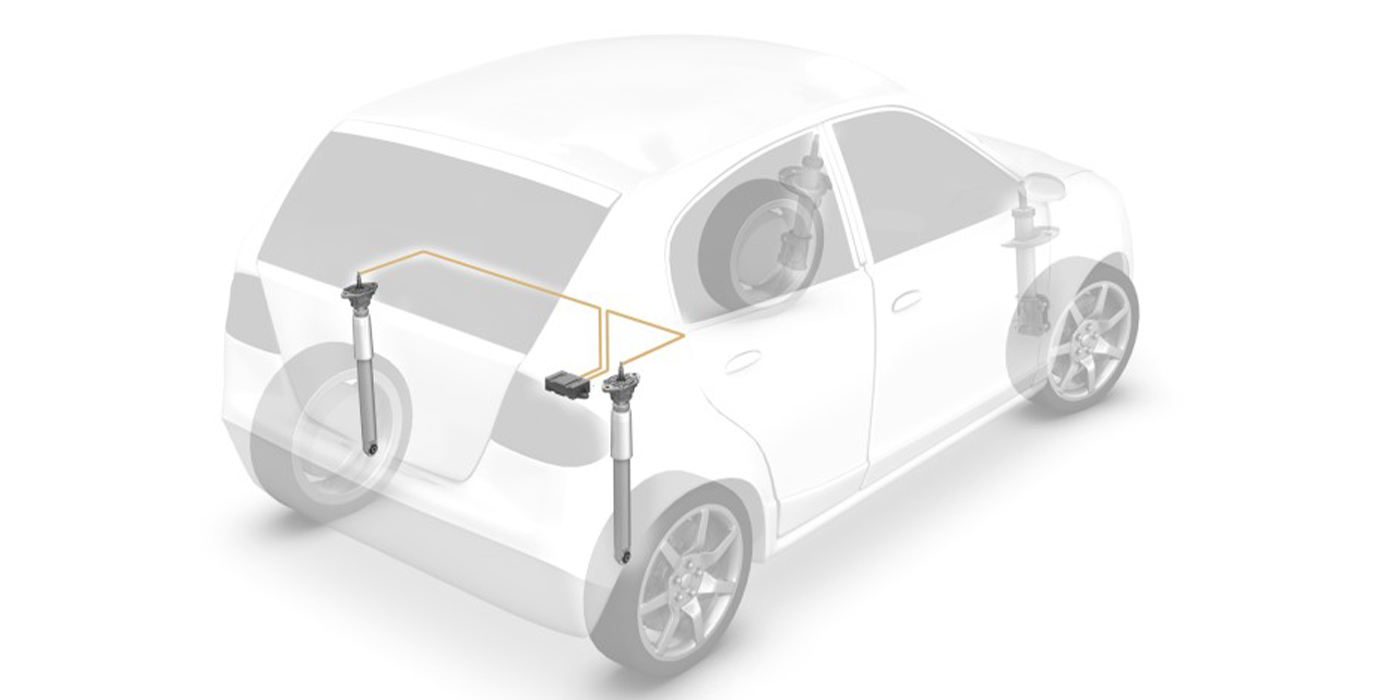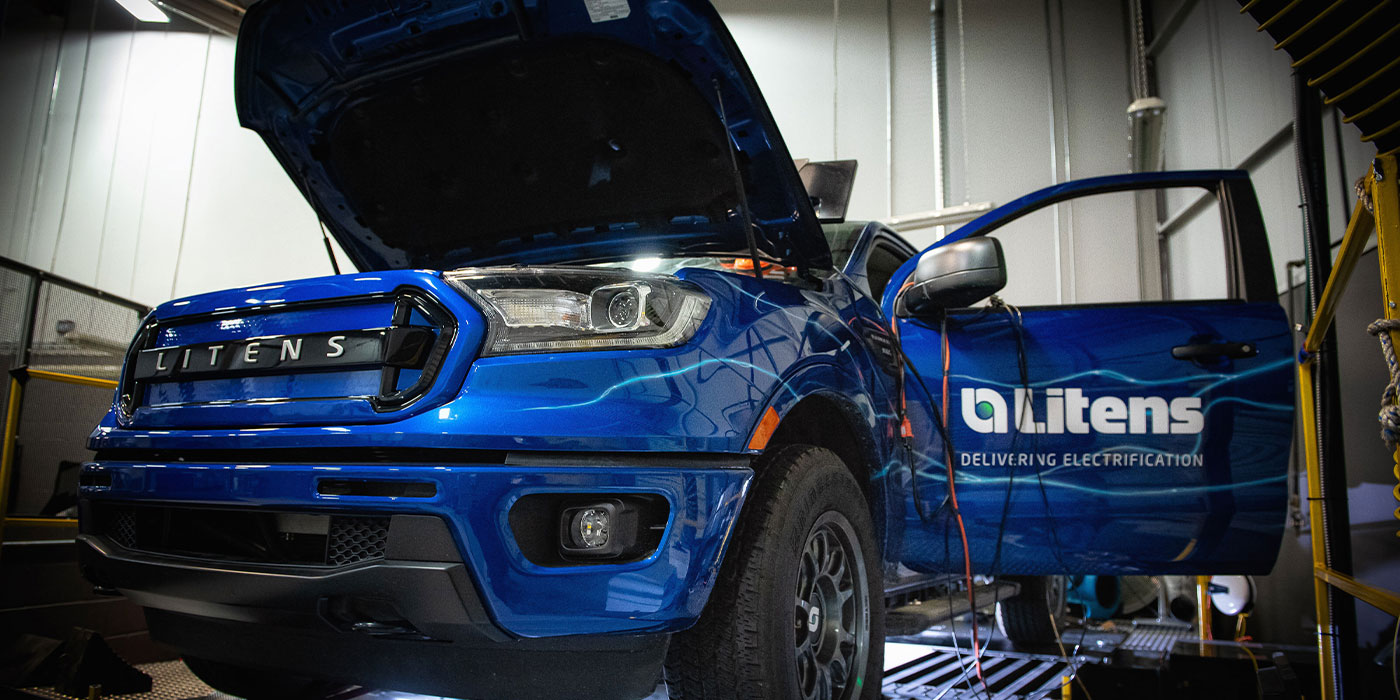DETROIT — For at least the next decade, the future of the automotive industry lies in the BRIC countries. Together, Brazil, Russia, India, and China, also known as the “BRIC” countries, will account for 30 percent of world auto sales in 2014 — while also offering significant opportunities for cost-effective R&D, sourcing and manufacturing, says a new report released today by The Boston Consulting Group (BCG), a global management consulting firm and leading advisor on business strategy.
Yet, although virtually all multinational automotive OEMs and tier 1 suppliers have set up operations in the BRIC countries, they are not fully capturing those markets’ strategic potential because the operations are not deeply localized, says BCG.
Because these countries differ dramatically in market development and local capabilities, as well as in consumer preferences, companies must devise country-specific approaches to localization, as well as strategies that span all four countries, BCG contends.
"Auto companies cannot succeed in these markets by offering one-size-fits-all BRIC products, processes or approaches," said Nikolaus Lang, a Munich-based partner and lead author of the report. "To realize the full value of localization, the key is knowing which functions are best suited to which BRIC countries."
The BCG report analyzes the challenges and opportunities associated with localizing R&D, sourcing, manufacturing and sales in each of the four countries. The findings are based on the firm’s experience and more than 250 interviews conducted with senior executives at the leading auto OEMs and suppliers that are active in those countries.
Exceptional Growth Opportunities Through 2014
While the economic crisis plunged many of the world’s auto markets into free fall, markets in the BRIC countries generally performed strongly in 2009 and "now offer prospects for exceptional growth," says the report. Whereas auto sales in the Unites States, Europe and Japan will grow only moderately from early 2009 through 2014, at an average rate of some 2 percent per year, sales in the BRIC countries will grow by more than 6 percent per year, BCG predicts.
In 2009, Brazil’s market grew 11 percent, India’s 13 percent and China’s a staggering 42 percent — while Russia’s market shrank by 48 percent. The first three markets will continue growing relatively steadily through 2014. While Brazil’s market will grow at about 3 percent per year, China’s market will grow at about 5 percent per year and India’s at about 9 percent per year. In contrast, auto sales in Russia, which dropped by one half in 2009, are expected to stabilize in 2010 and then grow some 15 percent per year through 2014. The Russian market’s development is hard to anticipate, however, because it will hinge on external factors, such as prices of raw materials.
China will remain by far the largest of the four auto markets, expanding its share of total BRIC sales from 53 percent in 2008 to 61 percent in 2014. Brazil is the most mature and stable of the BRIC markets and is likely to remain the second-largest of the four through 2014. India will grow rapidly and remain the third-largest BRIC market through 2013. In 2014, the Russian market’s strong postcrisis recovery is likely to propel it up into third place, nudging India down to fourth place.
Ongoing Challenges to Localization
Despite the significant growth opportunities in the BRIC markets, few auto companies are positioned to fully realize those markets’ strategic potential. For example, less than 10 percent of leading auto OEMs and suppliers are deeply localized in all four BRIC countries, says BCG.
"One reason localization is not more advanced is that most companies are struggling with stiff challenges in the BRIC markets," Lang explained. In conducting R&D there, for instance, many are under pressure from strong central R&D management, constraining the activities of local R&D centers and making it difficult to find and retain local staff. Currently, some 55 percent of foreign auto companies’ R&D centers in China and India, and 30 percent of those in Brazil, have little or no autonomy from global R&D centers and only low levels of project responsibility.
In sourcing, key challenges include weak supplier quality, which limits volumes. Foreign OEMs’ sourcing from China, for example, typically represents just 1 to 5 percent of their overall sourcing.
In manufacturing, companies are generally paying a premium of 5 to 15 percent to manufacture in the BRIC countries, mainly because of diseconomies of scale and higher quality-assurance costs than they incur in the more developed markets; only in Brazil do they actually save money on manufacturing. Challenges include small sizes of plants, limited conversion from automated to manual processes, and low quality.
And in sales, the diversity in national tastes and requirements drives the need for specific car offerings for each country. For example: Brazilian consumers favor sporty hatchbacks, Russians prefer Western sedans and sport-utility vehicles without visible local adaptations, Indians seek ultra-low-cost minicars, and the Chinese enjoy affordable luxury-style sedans with flair, according to Lang.
Untapped Potential for More Profitable Localization
"To date, companies have tended to approach Brazil, Russia, India, and China opportunistically rather than systematically, and to consider them individually rather than as elements of a global strategy," said Stefan Mauerer, a co-author of the report. "What’s needed is a new management approach — one that combines cross-BRIC strategies, active sharing of best practices among relevant locations, and country-specific R&D, sourcing, and products." BCG recommends three general guidelines:
• In terms of country strategies, make China the cornerstone of any BRIC strategy, strengthen the company’s presence in Brazil and India, and invest selectively in Russia with a view to its long-term potential.
• Until each BRIC country provides enough scale to justify completely individualized products, adapt standard platforms significantly to meet local requirements, and engage local partners as needed to help develop appropriate local sales-and-marketing concepts.
• Expand sales networks in all four BRIC countries and, depending on the company’s capabilities and prospects, invest selectively in particular countries to increase local R&D, sourcing, and manufacturing where those activities are most advantaged.
The report concludes by noting that the lessons of localization in the BRIC markets can be applied with equal success in other rapidly developing economies.
To download a copy of "Winning the BRIC Auto Markets: Achieving Deep Localization in Brazil, Russia, India, and China," visit: http://www.bcg.com/expertise_impact/PublicationDetails.aspx?id=tcm:12-37445


